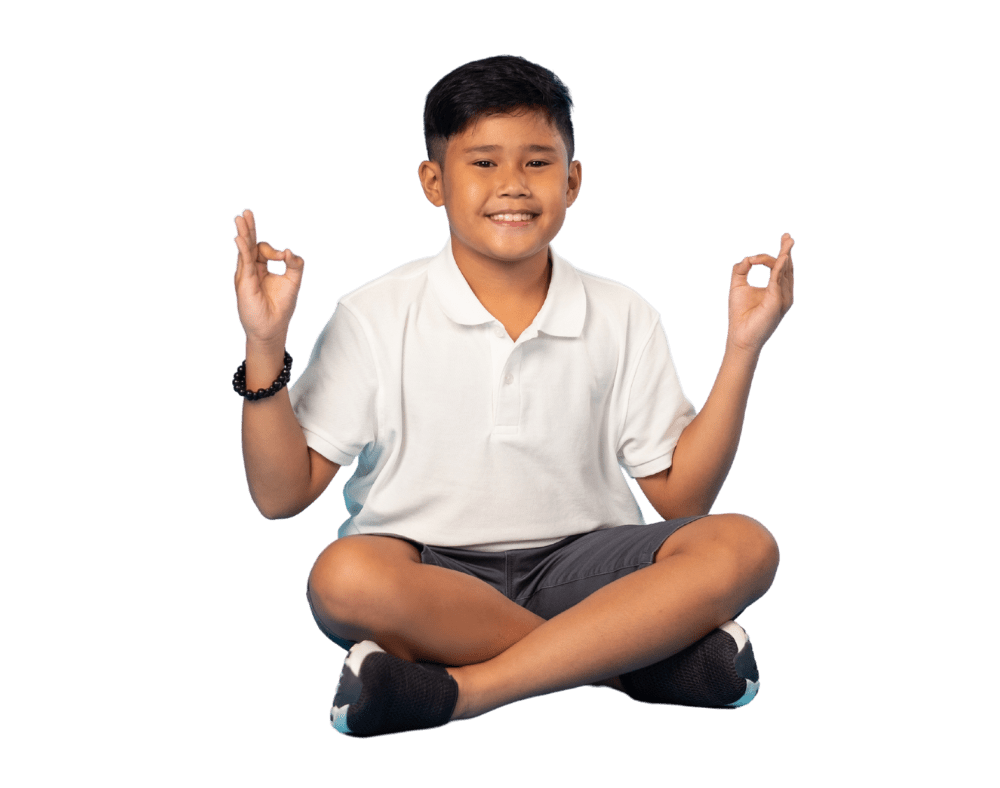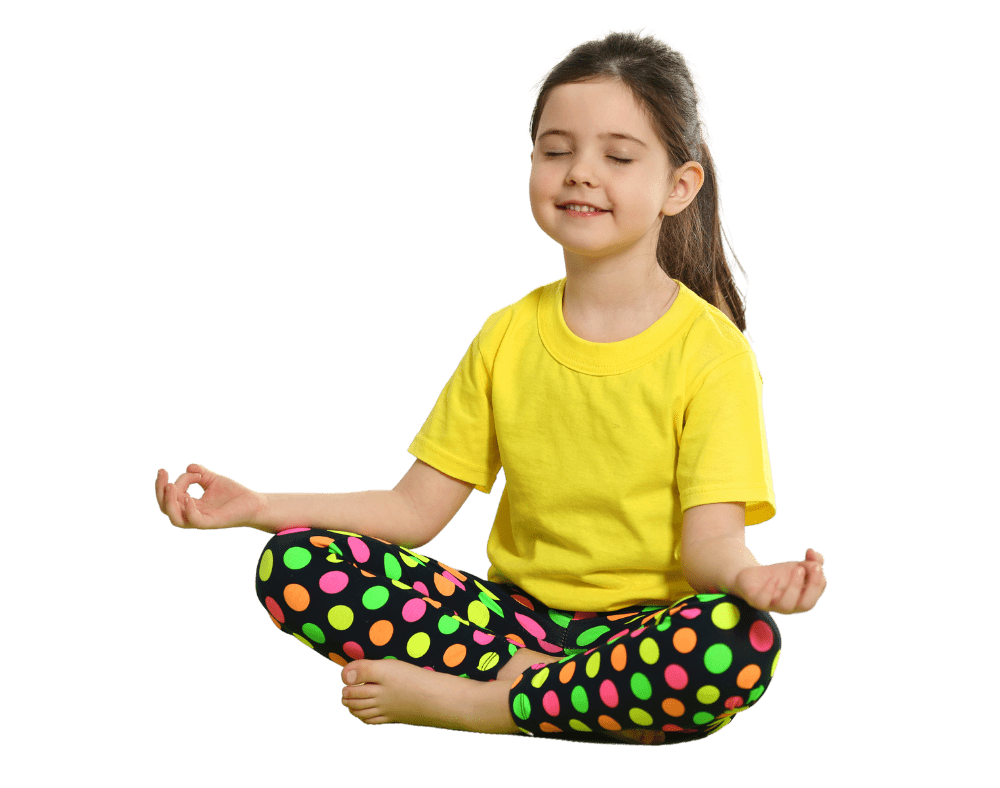
If the upstairs neighbors are in charge, you make good decisions and do the right thing. Upstairs neighbors are problem solvers, planners, creatives, and flexible. Your upstairs neighbors encourage you to:
- Think before you act or speak
- Be in control of your body, words and actions
- Focus and pay attention
- See other people’s points of view
- Be confident
- Make good choices
Your downstairs neighbors are in charge of your really big feelings. Downstairs is where feelings of love and caring come from, and it is also where anger, frustration, and fear come from. There’s nothing wrong with being downstairs and having big feelings. That’s normal. But if those neighbors get too loud, or never talk to the upstairs neighbors, you:
- Act before you think
- Feel out of control
- Are too upset to pay attention or learn
- Might yell, argue or run away and hide
- Only see your point of view
- Can’t complete your work
Sometimes it might be really important to let our downstairs neighbors be in charge. What if you met a dinosaur in the library? Wouldn’t it be important for your downstairs brain to keep you 
When the downstairs neighbors are in charge, they may need help calming down so the upstairs neighbors can give them a “hug”. This can be any activity that makes the downstairs neighbors begin to feel safe and happy again, like doing yoga poses, taking big breaths, dancing or singing, coloring, listening to music, reading, giggling, meditating, exercising, or asking for a real hug! Our brains actually work best when our upstairs and downstairs neighbors work together, sending messages to each other.
Like what you read here? There’s so much MORE to explore and learn with Kidding Around Yoga. Check out our website for our live and online teacher trainings, Yoga Alliance-approved 95-hour RCYT trainings, specialty online courses, original music, merchandise, and SO MUCH MORE! KAY even offers a 6-hour workshop designed to teach school educators how to bring yoga and meditation right into their classrooms (EduKAY).


